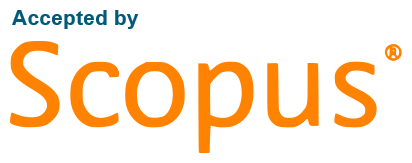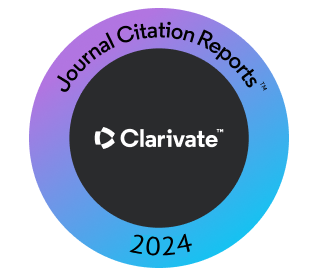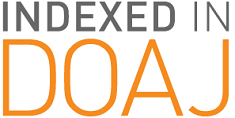
Submissions
Submission Preparation Checklist
As part of the submission process, authors are required to check off their submission's compliance with all of the following items, and submissions may be returned to authors that do not adhere to these guidelines.- As ARO publishes paper submitted by academic community only, we follow a basic rule that all authors need to provide their official university/institute email address when submitting their papers. You need to provide these at the time of registration.
- A paragraph of maximum 100 words of your academic autobiography need to be provided with your clear statement of your institutional affiliation.
- All authors need to have an active Google Scholar Account and a ORCID.org account. You will need to provide this at the time of registration.
- The submission has not been previously published, nor is it before another journal for consideration (or an explanation has been provided in Comments to the Editor).
- The similarity report with more than 15% is not accepted, and submission will be declined immediately.
- The abstract should not exceed 250 words, and the problem setting should be clear. Please check for best practices of writing scientific paper abstract.
- The submission file is in Microsoft Word (MS-Word) *.doc or *.docx format without authors names, according to STAGE-ONE Template.
- Where available, URLs for the references have been provided.
- The text is double-spaced; Times New Roman font type, normal, 12-point font size and all illustrations, figures, and tables are placed within the text at the appropriate points, rather than at the end. Use Stage-One template file for submission.
- The text adheres to the stylistic and bibliographic requirements outlined in the GUIDE TO AUTHORS, which is found in About the Journal.
- If submitting to a peer-reviewed section of the journal, the instructions in DOUBLE-BLIND PEER REVIEW have been followed.
Articles
This is the main type of publication that Aro will produce.
Review Articles
A critical, constructive analysis of the literature in a specific field through summary, classification, analysis, comparison.
Letters
Letters are short reports of original research focused on an outstanding finding whose importance means that it will be of interest to scientists in other fields.
Copyright Notice
Authors who choose to publish their work with Aro agree to the following terms:
-
Authors retain the copyright to their work and grant the journal the right of first publication. The work is simultaneously licensed under a Creative Commons Attribution License [CC BY-NC-SA 4.0]. This license allows others to share the work with an acknowledgement of the work's authorship and initial publication in this journal.
-
Authors have the freedom to enter into separate agreements for the non-exclusive distribution of the journal's published version of the work. This includes options such as posting it to an institutional repository or publishing it in a book, as long as proper acknowledgement is given to its initial publication in this journal.
-
Authors are encouraged to share and post their work online, including in institutional repositories or on their personal websites, both prior to and during the submission process. This practice can lead to productive exchanges and increase the visibility and citation of the published work.
By agreeing to these terms, authors acknowledge the importance of open access and the benefits it brings to the scholarly community.
Privacy Statement
ARO is dedicated to safeguarding the privacy of its journal website users. The personal information such as names, personal details, and email addresses provided on this website will be solely used for the intended purposes of this journal. We assure users that their information will not be shared with third parties without their consent or without following the appropriate legal processes.
By using this journal website, users agree to receive communication from ARO journal related to the stated purposes of the journal. If there are any concerns or inquiries regarding privacy, users are encouraged to contact us at [email protected]. We will address any privacy-related queries promptly and diligently.










 ARO Journal is a scientific, peer-reviewed, periodical, and diamond OAJ that has no APC or ASC.
ARO Journal is a scientific, peer-reviewed, periodical, and diamond OAJ that has no APC or ASC.